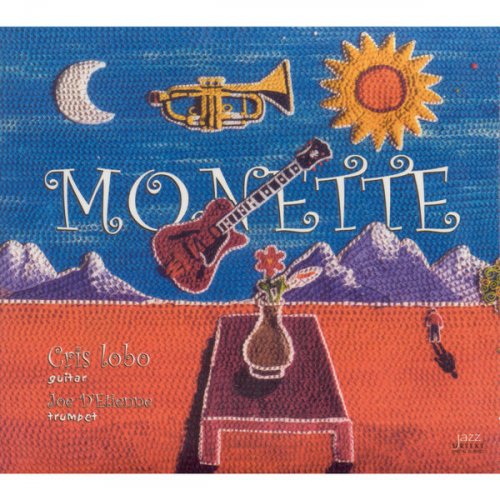John Surman - Road To Saint Ives (1990)
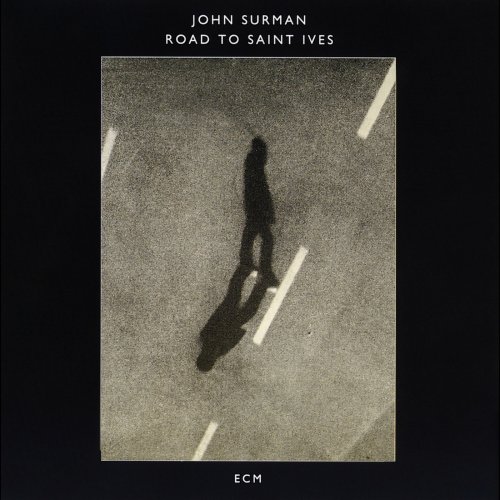
Artist: John Surman
Title: Road To Saint Ives
Year Of Release: 1990
Label: ECM
Genre: Jazz
Quality: FLAC (image+.cue,log,scans) / MP3 320 Kbps
Total Time: 53:38
Total Size: 258 Mb / 141 Mb
WebSite: Album Preview
Tracklist: Title: Road To Saint Ives
Year Of Release: 1990
Label: ECM
Genre: Jazz
Quality: FLAC (image+.cue,log,scans) / MP3 320 Kbps
Total Time: 53:38
Total Size: 258 Mb / 141 Mb
WebSite: Album Preview
01. Polperro (2:07)
02. Tintagel (12:12)
03. Trethevy Quoit (0:56)
04. Rame Head (4:43)
05. Mevagissey (6:53)
06. Lostwithiel (1:29)
07. Perranporth (2:02)
08. Bodmin Moor (6:41)
09. Kelly Bray (1:24)
10. Piperspool (5:11)
11. Marazion (2:37)
12. Bedruthan Steps (7:28)
Performers:
John Surman - Bass Clarinet, Baritone Saxophone, Soprano Saxophone, Keyboards, Percussion
During a period of his career that would feature some notable collaborations with luminaries such as Paul Bley, Bill Frisell, Elvin Jones, and Barre Phillips, John Surman also produced Road to Saint Ives, a gentle, introspective, yet adventurous solo work. The entire album is a one-man effort, from the composition to all of the instrumentation, with Surman building strata of sound over keyboard and percussion structures using bass clarinet and the soprano and bass saxophones he is known for. The resulting work communicates a unique vision and mood, unsullied by the conflicting interpretations of other performers.
The album centers around a portrait of the landscape and spirit of Cornwall, taking more than a few bits of inspiration from British folk music, but remaining firmly perched in the jazz tradition. The individual pieces, while they have place names, are not intended to evoke specific geographic locations -- rather they act as facets of the whole experience. Surman's work on the soprano sax is the most impressive of all of his instrumentation on the recording -- most noticable because it has the brightest sound, but also because he takes the instrument further texturally than most, allowing it to quiver, sing, squeak, and slide. The result is ethereal without being saccharine, adventurous while still highly listenable. Some of the most interesting tracks include the brief but pretty "Kelly Bray," the complex echoing birdsongs of "Perranporth," and the electronic ambience of "Piperspool."
The album centers around a portrait of the landscape and spirit of Cornwall, taking more than a few bits of inspiration from British folk music, but remaining firmly perched in the jazz tradition. The individual pieces, while they have place names, are not intended to evoke specific geographic locations -- rather they act as facets of the whole experience. Surman's work on the soprano sax is the most impressive of all of his instrumentation on the recording -- most noticable because it has the brightest sound, but also because he takes the instrument further texturally than most, allowing it to quiver, sing, squeak, and slide. The result is ethereal without being saccharine, adventurous while still highly listenable. Some of the most interesting tracks include the brief but pretty "Kelly Bray," the complex echoing birdsongs of "Perranporth," and the electronic ambience of "Piperspool."

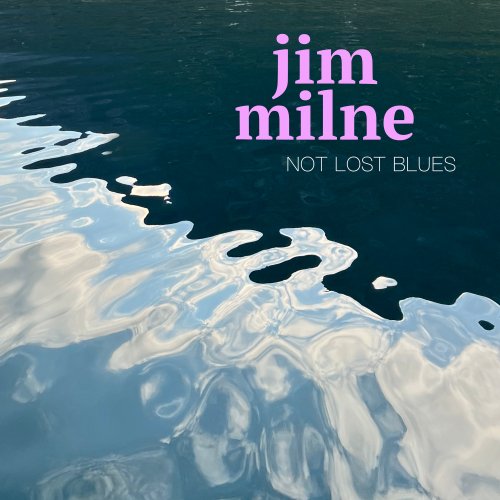

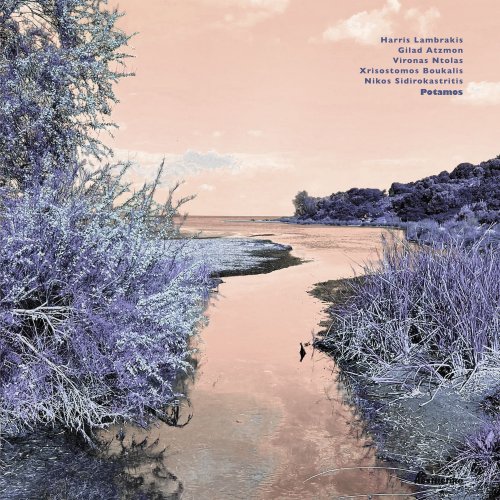


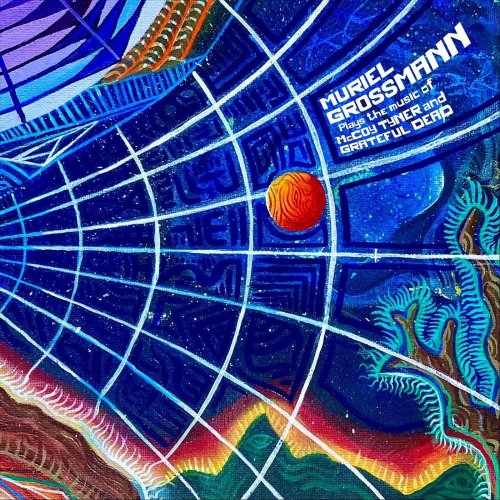
![Thelonious Monk - Brilliant Corners (1957) [2012 SACD] Thelonious Monk - Brilliant Corners (1957) [2012 SACD]](https://www.dibpic.com/uploads/posts/2019-04/1555690875_folder.jpg)
